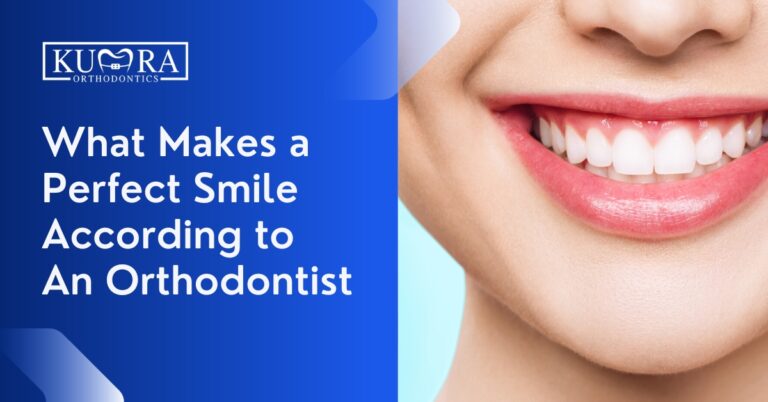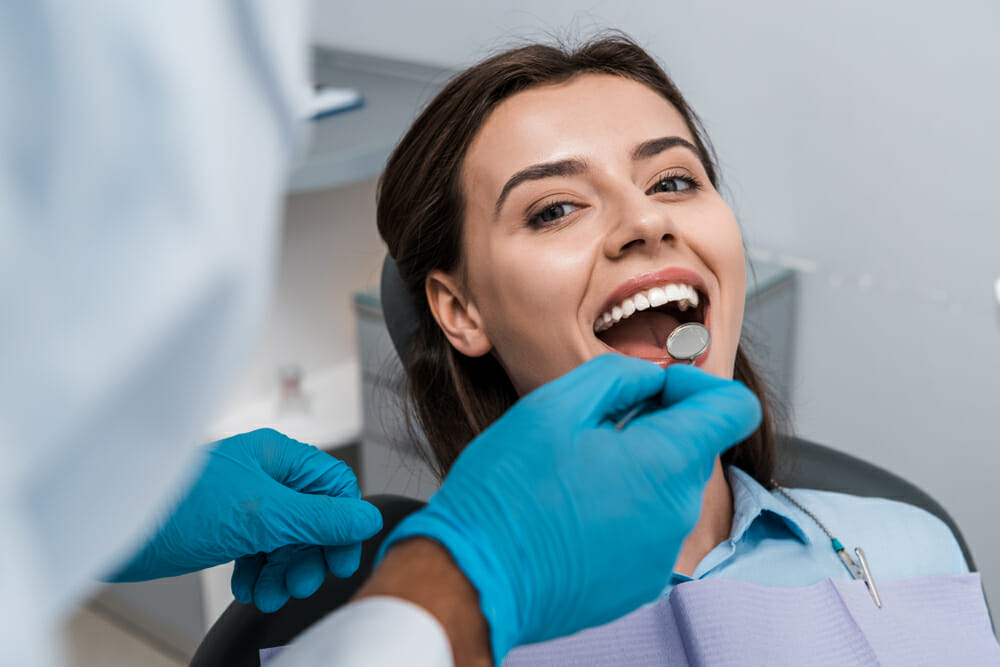A Biased View of Legacy Orthodontics
A Biased View of Legacy Orthodontics
Blog Article
The Only Guide to Legacy Orthodontics
Table of ContentsRumored Buzz on Legacy OrthodonticsGetting My Legacy Orthodontics To WorkNot known Factual Statements About Legacy Orthodontics Legacy Orthodontics for BeginnersThe 7-Second Trick For Legacy Orthodontics
In enhancement, we use flexible treatment schedules, adaptable payment choices and a fun, pleasurable experience.An orthodontist is a dentist educated to detect, avoid, and treat teeth and jaw abnormalities. Orthodontists function with people of all ages, from children to grownups.
Malocclusion, or misaligned teeth, can lead to dental problems, consisting of tooth decay, gum tissue illness, and challenging or excruciating chewing. But not every person is birthed with straight teeth. If you have a poor bite or huge rooms in between your teeth, you might intend to consult a dental practitioner specializing in orthodontic care.
Legacy Orthodontics - An Overview
( Photo Credit Report: DigitalVision/Getty Images) Orthodontists use fixed and detachable dental tools, like braces, retainers, and bands, to alter the setting of teeth in your mouth. Orthodontic treatment is for dental irregularities, consisting of: Misaligned teethBite troubles, like an overbite or an underbiteCrowded teeth or teeth that are as well far apartJaw misalignmentThe objective of orthodontic treatment is to improve your bite.
A healthy and balanced bite ensures you can consume, eat, and speak appropriately. While you might consider orthodontists as generally for kids or young adults that need braces, they can correct dental problems at any age. Orthodontists attend college, oral institution, and orthodontic school. After college graduation, they invest 2 or 3 years in an orthodontic residency program.
, however not all dentists are orthodontists. They concentrate on two locations: Just how to appropriately and securely move teeth Just how to correctly assist growth in the teeth, jaw, and faceOnce an orthodontist has actually completed training, they have the option to become board accredited.
The Main Principles Of Legacy Orthodontics
Misalignment, or malocclusion, is the most common factor people see an orthodontist. It is genetic and is the result of size distinctions between the upper and reduced jaw or in between the jaw and teeth. Malocclusion results in tooth overcrowding, an askew jaw, or irregular bite patterns. Malocclusion is normally treated with: Your orthodontist affixes steel, ceramic, or plastic square bonds to your teeth.
Some people need a headgear to help relocate teeth into line with stress from outside the mouth. A retainer is a personalized tool that keeps your teeth in place.
They're most typically made use of on kids. They can create added room in the mouth without needing to pull teeth. If you have a significant underbite or overbite, you may require orthognathic surgery (additionally called orthodontic surgical treatment) to lengthen or reduce your jaw. Orthodontists make use of cables, medical screws, or plates to support your jaw bone.
You might require to see an orthodontist if you have: Crowding or not adequate space for all of your teethOverbite, when your upper teeth come by your bottom teethUnderbite, when your base teeth are as well far forwardSpacing or issues with gapsCrossbite, which is when your top teeth fit behind your base teeth when your mouth is closedOpen bite or an upright space between your front base and upper teethMisplaced midline, when the facility of your bottom and top teeth do not align Dealing with an oral malocclusion can: Make biting, chewing, and talking easierImprove the proportion of our face and your general appearanceEase pain from temporomandibular joint conditionsSeparate your teeth and make them simpler to clean, aiding avoid tooth decay or cavities It's frequently a dental practitioner that first notices misaligned teeth during a routine test.
Legacy Orthodontics - The Facts

During your very first orthodontic assessment, you'll likely have: A dental examPhotos taken of your face and smileDental X-raysPanoramic (360 degree) X-rays of your face and headImpressions to produce mold and mildews of your teethThese tests will certainly assist your orthodontist recognize just how to continue with your treatment. leesburg orthodontist. An orthodontist is a dental practitioner who's had training to treat your teeth and jaw
Orthodontists may perform surgical procedure, exams,X-rays,and even more to aid you achieve an extra comfortable, much healthier smile. An orthodontist is focused on your bite, so something like a damaged tooth would certainly be dealt with by a dental professional. Orthodontists are dental experts yet not all dental professionals are orthodontists. Orthodontists are focused on your bite, or the way your teeth meshed, and the straightness of your teeth.
Ever before questioned just how celebrities constantly appear to have flawlessly aligned teeth? The response typically exists in the skilled hands of an orthodontist. What specifically does an orthodontist do? Orthodontists are oral experts browse around this site that concentrate on correcting abnormalities in the teeth and jaws. Their competence exceeds simply developing a stunning smile; it reaches enhancing your overall oral health and wellness and feature.
Legacy Orthodontics Fundamentals Explained

, orthodontists have a diverse toolkit at their disposal. These tried-and-true braces utilize a system of braces bonded to the teeth and linked by cables.
Clear aligners, like Invisalign, are a prominent choice for people looking for a much more discreet therapy choice. These detachable trays are personalized to gradually move the teeth's setting. Headwear might be utilized along with dental braces or aligners to use added targeted forces, particularly for dealing with jaw inconsistencies. In instances of narrow jaws, palatal expanders can be utilized to develop room for correct tooth positioning.
Report this page